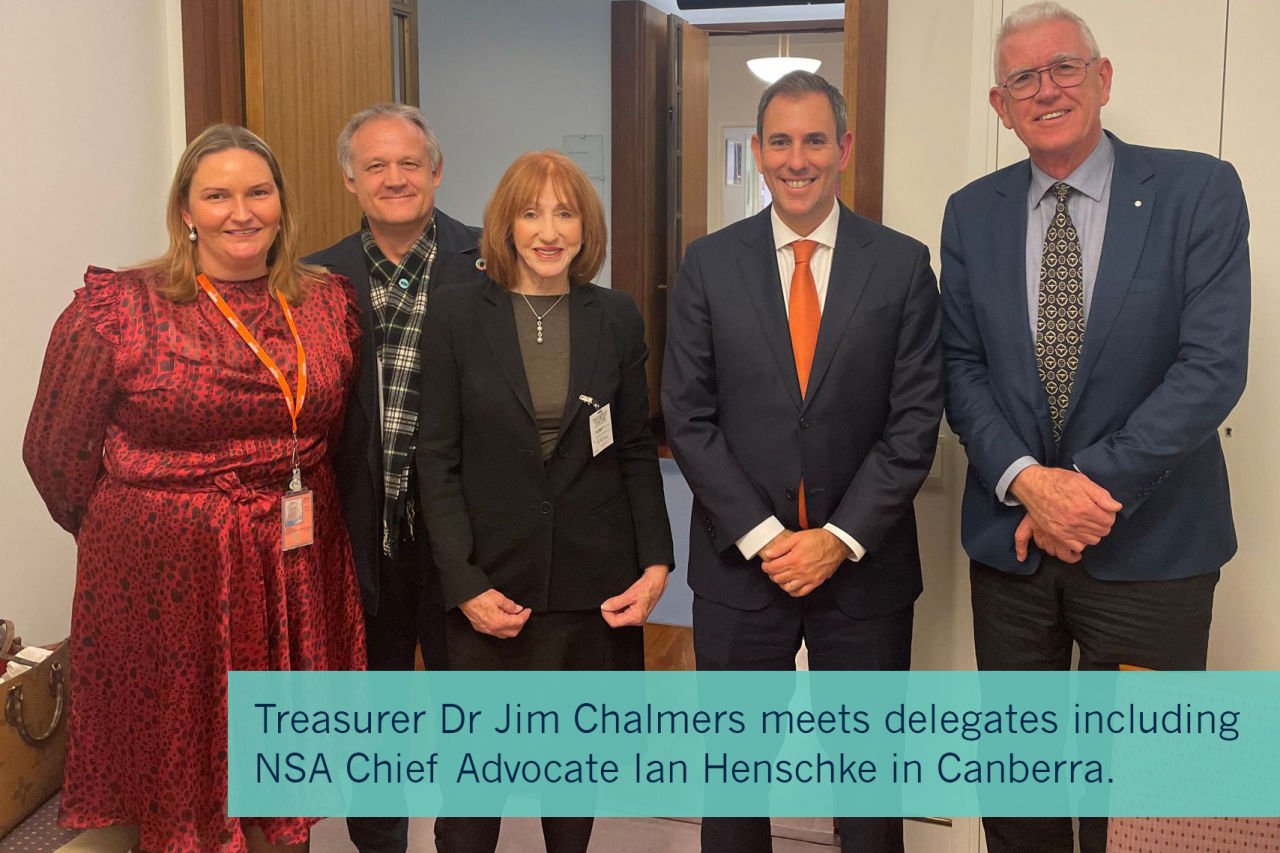National Seniors Australia has welcomed the release of the Employment White Paper and is hopeful for further changes to boost workforce participation in the care and support economy.
As part of the White Paper, the government has announced it will now permanently increase in the Work Bonus limit by $4,000. This is a significant victory for National Seniors Australia in its ongoing campaign to remove barriers for Australians who want to work after retirement.
Due to our advocacy, the Work Bonus was increased from $7,800 to $11,800 last year so older people could work more without losing 50 cents in the dollar from their pension. This was a temporary measure until the end of 2023, but this change will now be permanent from 1 January 2024.
Welfare recipients will also get to hold onto their concessions for longer if they get a job.
Currently, a job seeker who finds work can retain access to government concessions for up to 12 weeks. This will double to 24 weeks from 1 July 2024 to further smooth out the transition to work and avoid unintended consequences if a person loses their job.
Aside from these immediate changes, the White Paper sets out five key objectives to guide government policy:
Delivering sustained and inclusive full employment.
Promoting job security and strong, sustainable wage growth.
Reigniting productivity growth.
Filling skills needs and building our future workforce.
Overcoming barriers to employment and broadening opportunity.
This change in government policy represents a major win for National Seniors Australia, which has been advocating for a fairer go for pensioners since its inception in 1976.
Last year, we released a report, Older Australians’ Perspectives on Working After Retirement, which surveyed 3,067 Australians aged 50 and over.
The report found that older Australians are confronted by the barriers of ageism, harsh pension rules, and a scarcity of age-appropriate job opportunities when trying to re-enter the workforce.
Based on survey participants’ views, the report identified 14 different kinds of barriers.
One major hurdle is the Age Pension income test and related concerns, which were mentioned by about 21% of participants. This was the major driver behind a petition that attracted 13,000 signatures.
The ensuing Let Pensioners Work campaign was launched before the last federal election, calling for the removal of disincentives for older Australians to rejoin, or continue in, the workforce.
National Seniors invested heavily in promoting and resourcing this campaign on behalf of our members. We committed to full-page newspaper advertisements, radio advertisements, and many media appearances in the lead-up to the election and to the Jobs Summit that followed the election of the Albanese government.
The first $4,000 increase in the Work Bonus, which was announced at the Jobs Summit in September last year, was in response to our relentless campaigning and is a big win for our members.
As National Seniors Chief Advocate Ian Henschke says, this outcome is a result of “working shoulder-to-shoulder to tackle pension poverty”.
“This shows the value of our research, advocacy, and media campaigning. We called on the government to let pensioners work and keep more in their pockets and now the temporary boost to the Work Bonus is permanent!”

While the change to the Work Bonus shows the government is willing to listen, it must go further to support jobs in key areas such as care and support.
All Australians, especially older Australians and people with disability, are concerned about access to quality care and support. If the carers aren’t there, the care isn’t there. Australians deserve to know someone is going to be there for them at a time when they need it the most.
Australia is dealing with desperate workforce shortages. In the health care and social assistance sector, there are 73,000 job vacancies. This is set to worsen in the coming decades as the population ages and health care needs increase.
According to the National Skills Commission, demand for care and support workers is set to double by 2050. The Commission also estimates that Australia could face a shortfall of 211,000 care and support workers (full-time equivalent) by 2050 based on current projections.
In our submission to the Employment White Paper, National Seniors called on the government to adopt policies that support greater workforce participation. This included reducing the income test taper rate from 50 cents to 32.5 cents in the dollar for pensioners who want and need to work and for all other government payments.
Reducing the taper rate will send a signal to pensioners and other government payment recipients that they won’t be unfairly penalised if they need to work and will hopefully spur more pensioners to work longer.
The government could trial a targeted reduction in the income test taper rate for workers in the health and social assistance sector (and agriculture) as a next step in fixing our workforce woes.
National Seniors Australia’s policy has the full support of the ACTU, the Health Services Union and the National Farmers Federation. Implementing it makes good social and economic sense and is especially important for those and their loved ones needing care.
Our advocacy is also in tune with the recent Intergenerational Report, which identified population ageing and rising demand for care and support services as two of the top five major forces that will shape our economy and way of life over the next 40 years.
Enabling more seniors to work, especially in the care sector, is a good policy for the future and the current White Paper making the Work Bonus increase permanent is a valuable first step.
It goes some way towards achieving National Seniors aim for a New Zealand-style system where pensioners are not penalised for earning extra money and do not have to report extra income to Centrelink. They simply pay tax like everyone else.
Across the Tasman, this has led to a 24.8% workforce participation rate by people over 65.
In summary, reducing barriers to workforce participation for pensioners would be a win for the government and a win for the economy.







